Mathematics
Mathematics Subject Vision Statement
Our mathematics curriculum aims to develop pupils into competent, confident, self-assured, and resilient mathematicians. We prepare pupils to identify and perform the mathematics needed in school and daily life, and to select the most suitable tools to solve problems across a range of topics and real-world scenarios.
Intent
The intent of our mathematics curriculum is to cultivate a deep understanding of mathematical concepts over time, preparing pupils for future learning and real-world application. We focus on building fluency, reasoning, and problem-solving skills in line with national curriculum aims. Key vocabulary is explicitly identified and reinforced to ensure a knowledge-rich learning environment.
Implementation
Our curriculum is implemented through a carefully sequenced and coherent structure, ensuring pupils build upon existing knowledge and make explicit links between mathematical concepts. We use a mastery approach, pairing procedural knowledge with conceptual understanding and aligning with the Concrete Pictorial Abstract approach, utilising consistent visual models and representations. Variation theory is used in practice tasks and modelling to address potential misconceptions. We use the NCETM planning materials supported with The Oak National Academy resources to devise our curriculum content. Curriculum content is organized into 'threads' that build knowledge over time, such as Number, Algebra, Statistics, Probability, Ratio and Proportion, and Geometry and Measure. Lessons are typically structured following the Can Do Maths teaching approach to guide pupils through the learning process:
- Hook It: Linking to existing knowledge to activate prior learning.
- Teach It: Modelling and sharing new knowledge and concepts.
- Practise It: Providing opportunities for children to develop skills and foster independence.
- Do It: Allowing children to apply what they have learnt through independent practice.
- Secure It: Applying knowledge and reasoning about misconceptions.
- Deepen It: Providing opportunities to apply learned concepts to problem-solving in new contexts.
The curriculum is designed to be flexible, allowing adaptation to suit different contexts and pupil needs.
Impact
The impact of our mathematics curriculum is seen in pupils who are fluent in mathematical fundamentals, able to reason mathematically by justifying their decisions and identifying patterns, and capable of solving problems in familiar and unfamiliar contexts. Pupils become competent, confident, self-assured, and resilient mathematicians with a strong understanding of mathematical concepts and the ability to apply them effectively.
Policies
We have our calculation policy, split into sections below. This provides staff with an agreed set of models and representations which bridge mathematical concepts. We have identified and used the smallest set of models and representations that underpin and support the understanding of the greatest number of mathematical concepts. When pupils meet familiar tools and approaches this signals explicit links between implicitly connected elements of mathematics. For example, ratio tables are used to calculate the dimensions of similar shapes, percentage changes, plotting coordinates and equivalent fractions which signposts the links between them.
Number and Place Value (Calculation Policy)Addition and Subtraction (Calculation Policy)Multiplication and Division (Calculation Policy)
